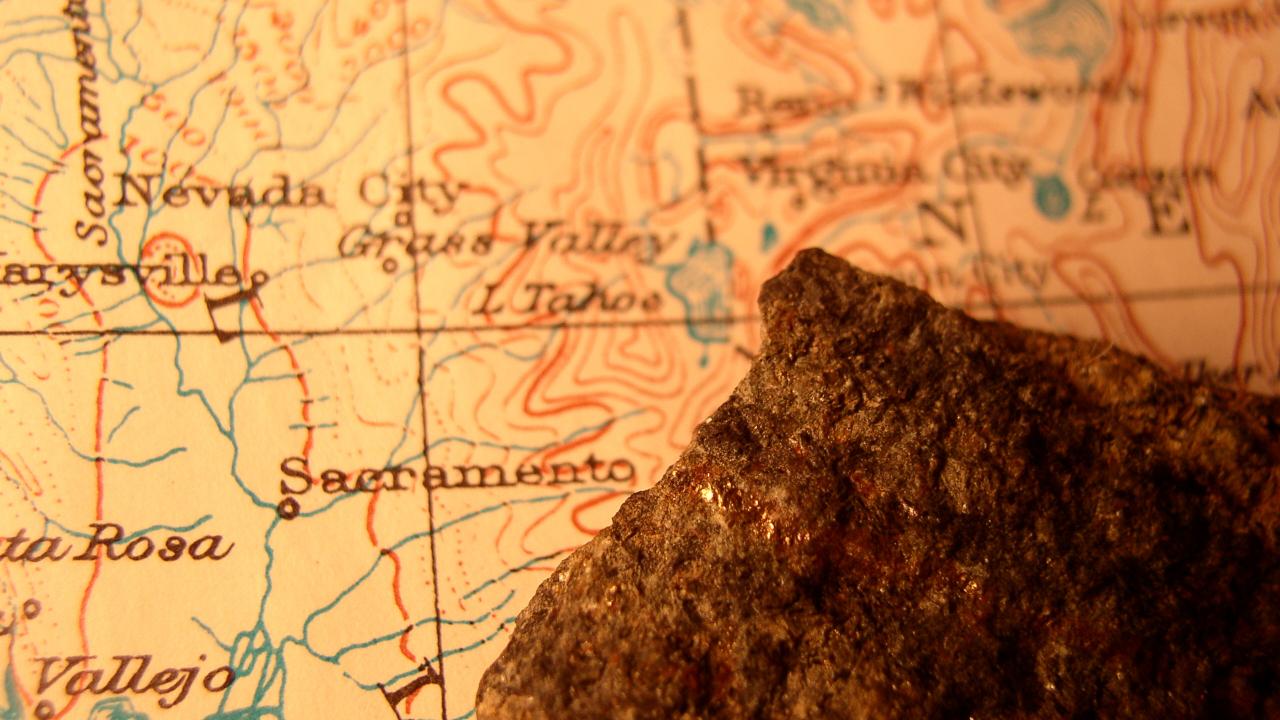Quick Summary
- Reimagining the Gold Rush in Reframing Sacramento
The UC Davis Humanities Institute has been hosting a three-part “Reframing Sacramento” series. In March the Institute hosted “Reimaging Stories from the Gold Rush,” the first of three events in “Reframing Sacramento,” a series funded by a grant from California Humanities. The event, presented online, invited participants to reimagine stories of California’s founding myths, such as the Gold Rush, and panelists discussed how diversifying stories from the past can shape a more equitable and just future. Participants cited their experiences, their efforts and their knowledge to inform education, public policy and discourse.
Reframing Sacramento Discussion April 15: Black History
The next Humanities Institute event looking at local history will feature Milmon F. Harrison, UC Davis professor of African American and African Studies and a member of the Center for Sacramento History Community Advisory Committee. Harrison will lead a discussion of his Black California oral history project and the significance of the Black presence in Sacramento historically and today.
To register for the “In Black Sacramento” event on Apr. 15 click here.
Britanni Orona, doctoral candidate in Native American Studies at UC Davis and tribal affairs program manager for California State Parks, said that as she became a public historian, she began thinking about the ways in which Native American history is “invisibilized” in certain spaces. She said that tribes and tribal governments deserve most of the credit for the recent push to change the narratives told in these public spaces, including at California State Parks like Marshall Gold Discovery State Historic Park.
“It’s really, really important to give the tribes and tribal governments in this area the credit they deserve for doing that, and they’ve been doing that for many, many years,” she said. “We know our histories and it’s been a long time coming that our voices are at the forefront of telling true history that is not always comfortable for people to hear but is really essential to understanding the past and the present.”
Cecilia Tsu, associate professor in the Department of History at UC Davis, agreed, pointing out that in many K-12 schools, there is little to no mention of nonwhite contributors to the Gold Rush, and emphasized there are significant omissions in public education. As a result, she teaches her courses with an emphasis on the diverse origins of the gold seekers, including Native Americans and African Americans, as well as miners from China, Latin America and Europe.
Xico González, a high school teacher and an active board member of the Sol Collective, a community-based 501(c)(3) partnership, discussed his work as an activist artist and presented examples of his protest posters that feature men and women of color. He explained the importance of portraying minority communities and his artwork has been used in multiple movements, including Black Lives Matter, immigration, and the Women’s March.
Lorena Marquez, assistant Professor of Chicana/Chicano Studies at UC Davis, noted the romanticization that often surrounds the history of the Gold Rush. “We know that the gold country was very diverse. It included Chileans, Mexicans, Native People, African Americans, Chinese, and Anglo-Americans from the east coast and is considered a multicultural, racial, and lingual place that at the same time was also very violent. I think this is the beginning of what is a very racialized state in attacking communities of color.”
“Students shouldn’t wait until they get to college to learn about Chicana/Chicano, Asian American, African American, Native American history.” — Marquez
The panelists were asked, “What are some ways in which artists, scholars, community advocates and activists can be integrated into urban planning and policy discussions?”
Veronica Kandl, curator at the Center for Sacramento History, discussed the facility’s community advisory committee made of community activists and scholars from UC Davis and California State University, Sacramento. She mentioned they are helping make connections with minority communities and assisting in projects such as videos documenting the history of racism in Sacramento, intended to be used as part of city staff training to educate them in recognizing racial inequality.
Tsu emphasized the importance of revising existing historical sites to ensure that they are accurate and inclusive and draw on the most up-to-date scholarship. “Scholars can help bring to light and work with city planners, commissions, museums and artists and community members to make these histories visible in meaningful ways to the public.”
The event concluded with a Q&A that centered on reframing and reinterpreting California’s historic Gold Rush sites and the need to include more diverse voices in these spaces to allow for a more accurate representation of the Gold Rush era.
Marquez focused on the lack of ethnic studies in K-12 education. “Students shouldn’t wait until they get to college to learn about Chicana/Chicano, Asian American, African American, Native American history.”
To watch a recording of the event, click here. The event is part of The Conversation winter/spring series. The Conversation is a public online event series that puts UC and other scholars in dialogue with one another, the community and students.
Media Resources
Top photo: A speakers' series is aiming to recapture state history with an eye to diversity. A recent panel discussion centered on the Gold Rush. (Getty Images)
